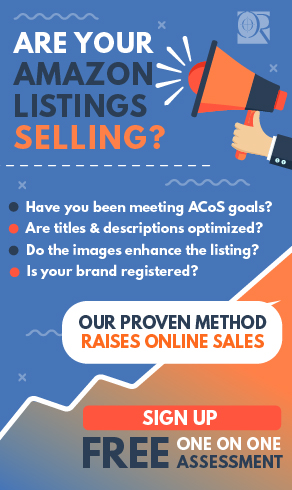Successful Ecommerce Merchants Understand The Importance of a Shopping Feed?
If you want to be a successful ecommerce merchant, then you must be a know-it-all when it comes to building and managing a shopping feed.
A shopping feed (or data feed, product feed, or even a product data feed) is basically a huge list of all of your products, and (importantly) attributes of those products. This massive amount of information is organized and tagged in a certain way to be display and advertise your products online.
 If you want to be a part of a CSE (comparison shopping engine), marketplace or affiliate network then you have to get used to the idea of shopping feeds. The more you know about a shopping feed, the more control you have over them. The last thing you want to happen is for web-scraping to harvest your products from your website. Having more control means ensuring that the products you want listed are listed, and the products that need to take a backseat are, in fact, held off the feed.
If you want to be a part of a CSE (comparison shopping engine), marketplace or affiliate network then you have to get used to the idea of shopping feeds. The more you know about a shopping feed, the more control you have over them. The last thing you want to happen is for web-scraping to harvest your products from your website. Having more control means ensuring that the products you want listed are listed, and the products that need to take a backseat are, in fact, held off the feed.
Where do you need a shopping feed?
Shopping feeds are used predominantly for CSEs. These sites compare prices from one product to another, and from one merchant to another. In order to accurately compare prices, these sites need products that are given the proper attributes (that’s where you come in).
Paid search affiliates, affiliate networks, and marketplaces also use shopping feeds.
Why can’t I just rely on regular search engines to find my products?
CSEs and search engines are two different entities, although they have the same premise (providing results for searchers). CSEs, however, are fine-tuned search engines, that seek out only the results focused on product merchandising. In short, CSEs target serious shoppers who are looking to compare prices and funnel down the buy cycle into conversion. While your site might get some hits from Google, how many conversions are those searches yielding? Chances are you’ll hit a far higher ROI by running a successful CSE campaign.
But what about Google and Bing? They’re search engines AND CSEs?
Yes, they are. They are search engines with a shopping engine functionality built inside, which means great things for you. Many web surfers don’t go to a dedicated CSE (Amazon) until AFTER they don’t find what they want on Google or Bing. By integrating shopping into their search engine results, these major players are trying to help shoppers take one less step toward conversion.
But in order to make the most out of Google Shopping and Bing Shopping, you, the ecommerce merchant, must be willing to submit well-designed and thought-out shopping feeds.
Okay, so I just make a list of my products and that’s it? I’m in ecommerce heaven?
Oh, not so fast. It’s not like that at all. Unless you know the specifications of EACH CSE’s feed requirements, your shopping feed might not even get accepted. Or, if it does get accepted, you likely didn’t put a true ecommerce plan into place. Ecommerce success requires true research, planning, and data analysis. Just some of the factors you need to consider are:
- Which products to push heavily
- How/when to run sales
- When to pull the plug on a product for a while
- Which CSEs to spend the most time on (don’t just assume Amazon and Google are the answer. You’d be surprised where your highest ROI might come from.)
Managing your shopping feed is like managing a room filled with babies. You think you can handle it (they’re just babies/products, for Pete’s sake!), until you get into that room. Then the screaming, the pooping, the crawling, the sniffling and the tantrums come crashing down around you. But it’s too late; you’re in that room, trapped, forced to manage these babies, but failing miserably.
Don’t get stuck in that room. Shopping feed management specialists, like OperationROI, make it their job to study the data, develop plans, and help you come up with the best shopping feed management place for your business. Find out more about how we can help you, by calling us at 1-888-277-5429 or by filling out our contact form.






